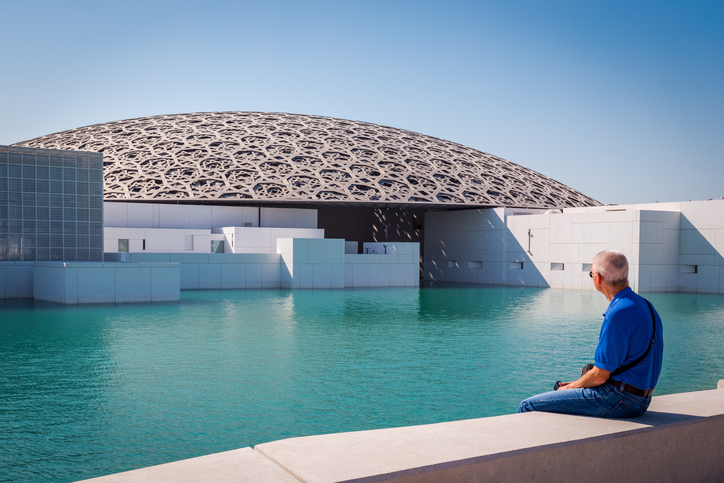A new architectural wonder is taking shape in the United Arab Emirates. The building is a museum, designed by Jean Nouvel, and will house some of the Louvre’s most iconic works for the next 30 years, thanks to a billion euro contract. Among future exhibits will be pieces from the masters of old, including Leonardo Da Vinci, Manet, Monet, and Pablo Picasso.
The UAE has created an entire empire based on the exploitation of crude oil, knowing that it will not flow forever. Investment in infrastructure is one of the nation’s most promising alternative options, and it has already created several examples that are captivating the world: the Burj Khalifa, Ferrari World, Dubai Mall, Yas Island, and Palm Jumeirah, to name just a few.
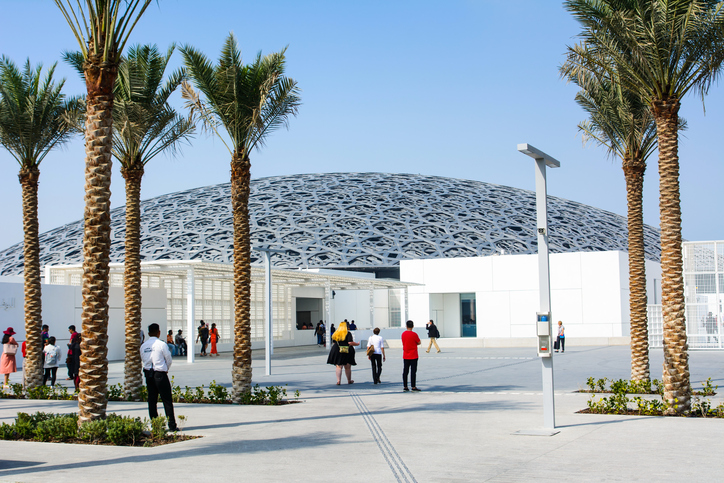
The first step in this process was the conversion of Saadiyat Island, in Abu Dhabi, into one of the largest collections of cultural treasures on the planet. The first overseas “branch” of the Louvre is already open and will soon be joined by other projects, such as a new Guggenheim, the Zaha Hadid Performing Arts Centre, Tadao Ando’s Maritime Museum and the Zayed Museum, designed by Norman Foster.
The franchise began construction in 2009 with a budget of around €500 million. The shape and architecture of the building are based on the Arabic concept of the dome. The central part represents a medina, organised into 55 buildings that house 12 galleries, a children’s museum, an auditorium, study and research area, and many shops and restaurants.
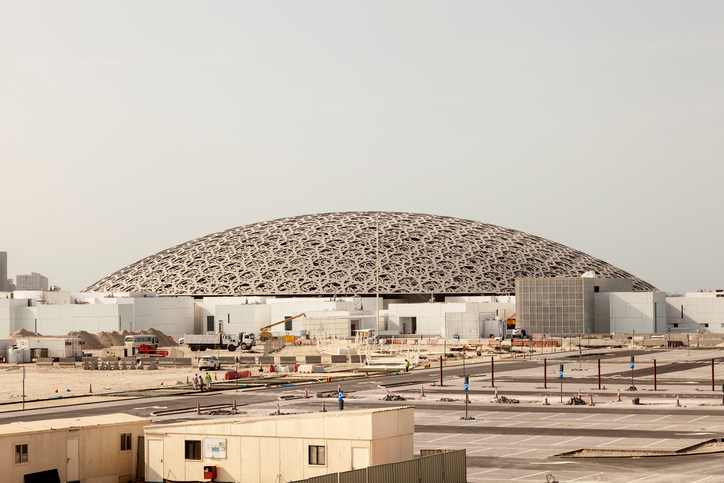
The central dome has a diameter of 180 metres and is randomly perforated in a way that creates an interesting shadow when hit by the sun. The architect and designer of the building, Jean Nouvel, has called this a “rain of light”. This distinctive feature will become the most iconic part of the museum.
Among the most significant artworks it will house is The Bactrian Princess, which dates from 3000 BC, jewellery more than 3000 years old, and more modern high-value pieces, like Picasso’s Portrait of a Woman, works by René Magritte, and paintings from artist Cy Twombly, as well as the oldest known photograph of a woman with a veil.
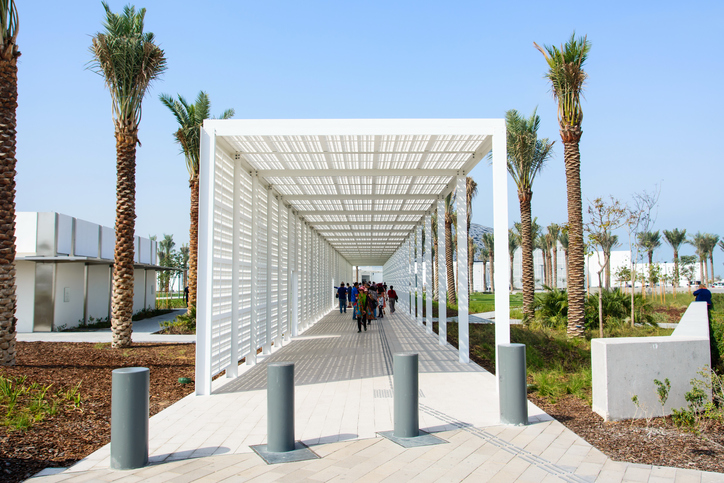
There are more than 600 pieces in the museum, of which 300 are loans from associated French institutions. The current agreement between the UAE and France states that for the next 10 years, the Louvre Abu Dhabi will receive a gradual loan of the most important collections in France. The French have also agreed to help the young art gallery to gradually create their own collection. In addition, they have agreed to loan 4 exhibitions a year over the next 15 years.
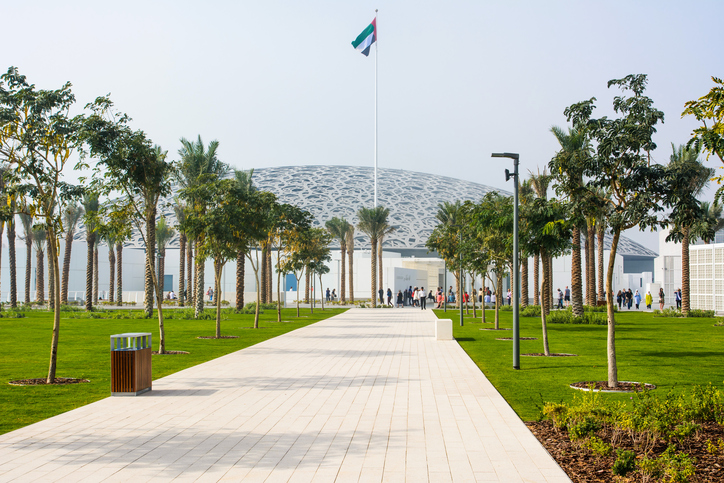
In turn, the Emirates have agreed to pay one billion euro to the Parisian Louvre for the use of its name for the next 30 years. Hissa Al Dhaheri, deputy director of the Louvre Abu Dhabi, has said “our main goal is to inspire. This is our legacy”.



